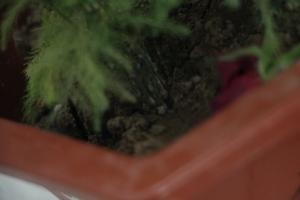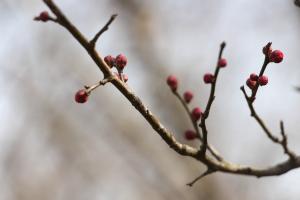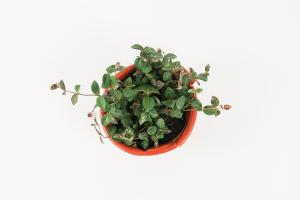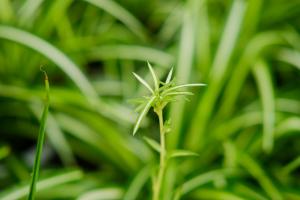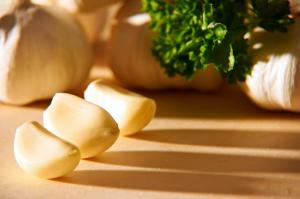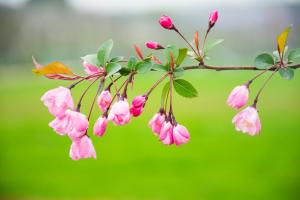Where Do Monarch Butterflies Lay Their Eggs?
The Monarch Butterfly and Its Life Cycle
The monarch butterfly is an iconic species known for its striking orange and black wings. This species is found mainly in North and South America and is famous for its annual migration from Canada to Mexico. Monarch butterflies go through a four-stage life cycle: egg, larva or caterpillar, pupa or chrysalis, and adult.
The Host Plant for Monarch Butterfly Eggs
Monarch butterflies lay their eggs on milkweed plants, which are the only plants that monarch larvae can eat. Milkweed plants are found throughout North and South America and are vital to the survival of the monarch butterfly species. Female monarch butterflies lay their eggs on the underside of milkweed leaves, where they remain until hatching.
The Relationship between Monarch Butterflies and Milkweed Plants
Monarch butterflies and milkweed plants have a unique relationship. Milkweed plants are toxic to most insects, but the monarch butterfly has evolved to be immune to the plant's toxins. Monarchs use milkweed plants as a host for their eggs, and the caterpillars feed on the leaves until they are ready to pupate. The toxins in milkweed plants make the monarch caterpillars and adult butterflies unpalatable to predators.
Milkweed and Monarch Conservation
Milkweed plants are crucial to the survival of the monarch butterfly species, but they are declining at an alarming rate. Urbanization, herbicide use, and climate change are some of the factors that are contributing to the decline of milkweed plants. As a result, monarch butterfly populations are also declining. To conserve the monarch butterfly species, it is essential to protect and restore the milkweed plants in their natural habitat.
Conclusion
Monarch butterflies lay their eggs on milkweed plants, which are the only plants that monarch larvae can eat. These plants are essential to the survival of the monarch butterfly species, but they are declining due to various human activities. It is crucial to conserve milkweed plants to ensure the survival of the monarch butterfly and its unique relationship with this plant.

 how many times do yo...
how many times do yo... how many planted tre...
how many planted tre... how many pine trees ...
how many pine trees ... how many pecan trees...
how many pecan trees... how many plants comp...
how many plants comp... how many plants can ...
how many plants can ... how many plants and ...
how many plants and ... how many pepper plan...
how many pepper plan...

